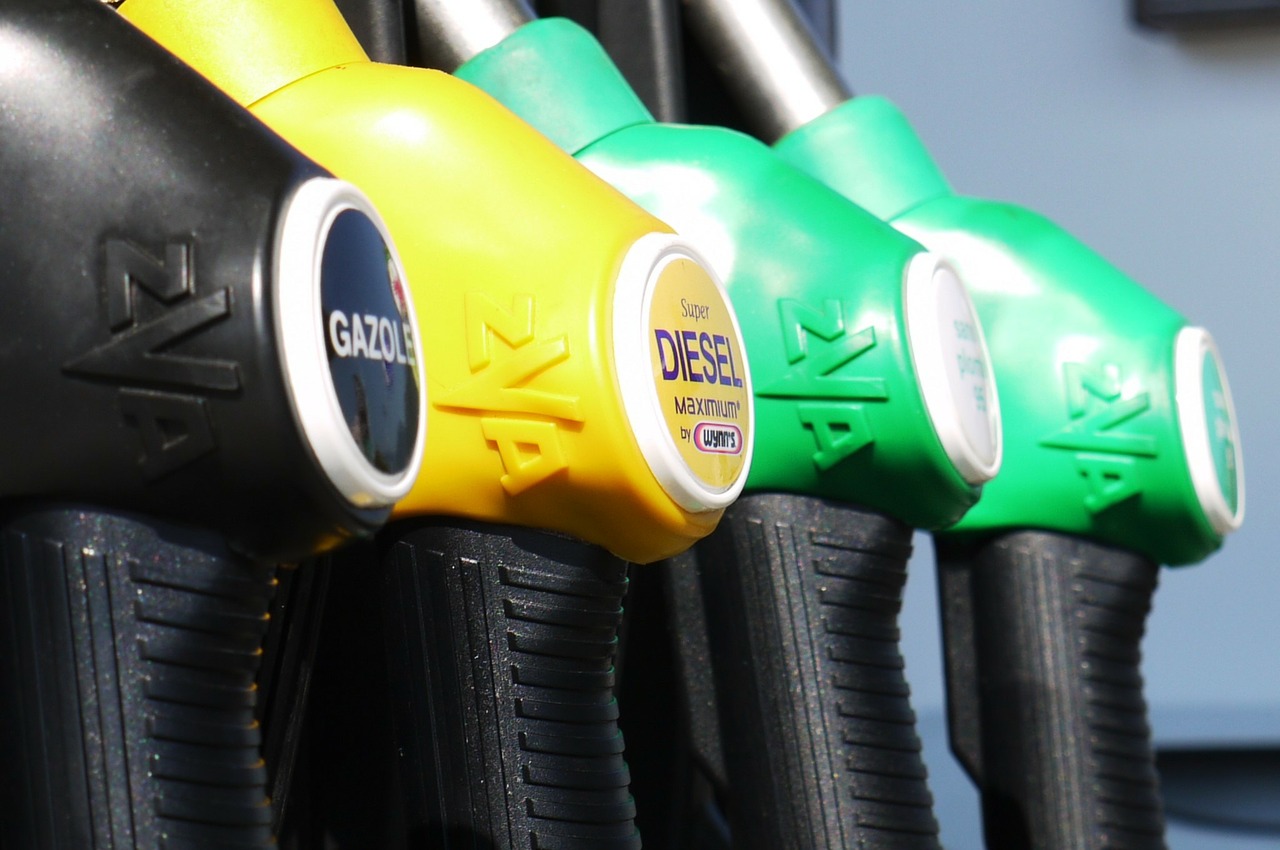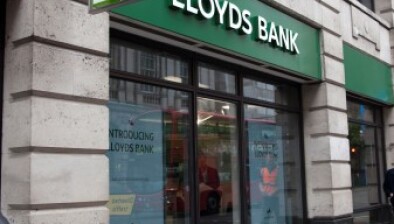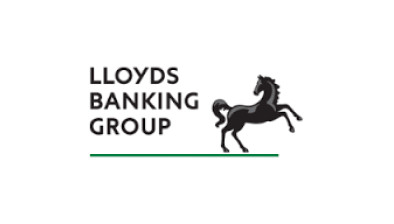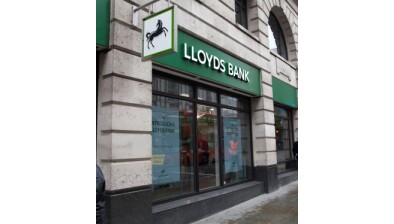Fuel and household energy spending rises by a fifth in a fortnight

Customers of Bank of Scotland owner Lloyds Bank spent a fifth more on household energy (24%) and fuel (20%) in the last fortnight, according to the latest analysis of the bank’s debit card spend.
Across the UK, people spent a fifth (20%) more at petrol stations in the past two weeks, compared to the two weeks before.
In fact, fuel spend peaked on 24th September (the day after one of the biggest UK petrol station operators said a number of its forecourts were shut) where the highest amount spent on fuel in a single day was seen since Lloyds Bank records began, and 125% more than the same day in 2019.
Scotland and Wales saw the lowest increases at 15% and 14% respectively, followed by London and the South West on 19%.
The East Midlands saw the biggest increase in fuel spend in the last two weeks compared to the two before, up 24%, followed by the West Midlands (23%) and the South East (22%). This was followed by Yorkshire and Humber and the East Midlands (both 20%).
However, there are signs that demand for fuel is easing. Week on week spending across the UK has fallen by almost a third (31%), with the number of transactions down 20%.
This is particularly true in the North of England, with spending on fuel in the North West plummeting 40% in a week, and 39% in the North East. Only three regions, all in the South and East, saw drops of less than 30%. Londoners spending on fuel fell just 20%, the lowest of any region, followed by the South East (21%) and East of England (25%).
The amount spent on cards on household energy in the past two weeks increased 24%, as a combination of colder weather and soaring energy prices gripped the UK. Spending on energy is now 14% higher than the same two weeks in 2020.
Despite potential pressure on family finances from fuel costs and energy prices, spending on high streets over the past two weeks has increased significantly when compared to the two weeks before, perhaps indicating shoppers are getting an early start on Christmas gifts.
Spending on clothes surged 22%, while department stores took in 14% more, and electrical stores were 5% up.
Further, with suggestions some supply chains were under pressure, spend in supermarkets crept up 6%.
Philip Robinson, PCA, payments and fraud and financial crime director at Lloyds Bank, said: “After an initial incredible spike in late September where spending on fuel was the highest we’ve ever seen it, over the past week, card payments at petrol stations have fallen, particularly in Northern and Western parts of the UK.
“However, household energy spend continues to increase, 13% in the last week alone, driven by rising prices and colder months. With this in mind, now is a very good time to sit down and reflect on your personal finances ahead of Christmas 2021. Budget effectively, and give yourself a clear idea of what you can afford this festive season.”
Commuter spending has jumped 12% in the past fortnight. Wales has seen the biggest increase, up 9%, followed by people in the North West (7%). Commuters in the East of England (3%), Scotland and the South West (both 4%) have seen the smallest increase.
With changes to travel rules recently announced, bookings at holiday agencies have increased 8% in just two weeks, and airline spend has jumped 6%.
Bookings with cruise liners has also seen an increase of 3% over the same period.








